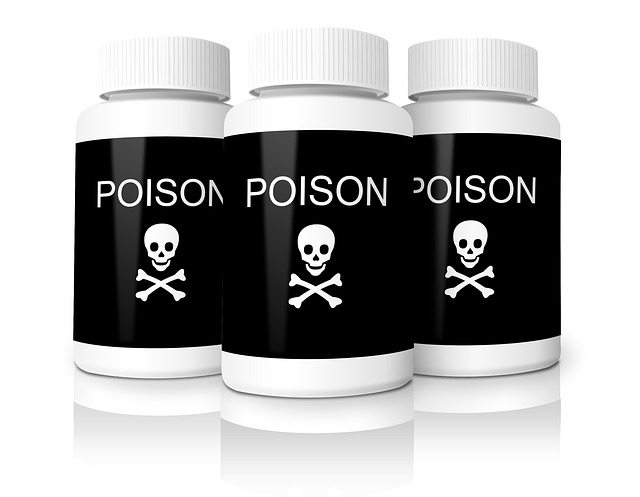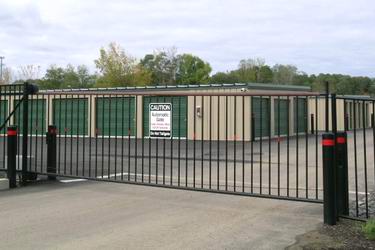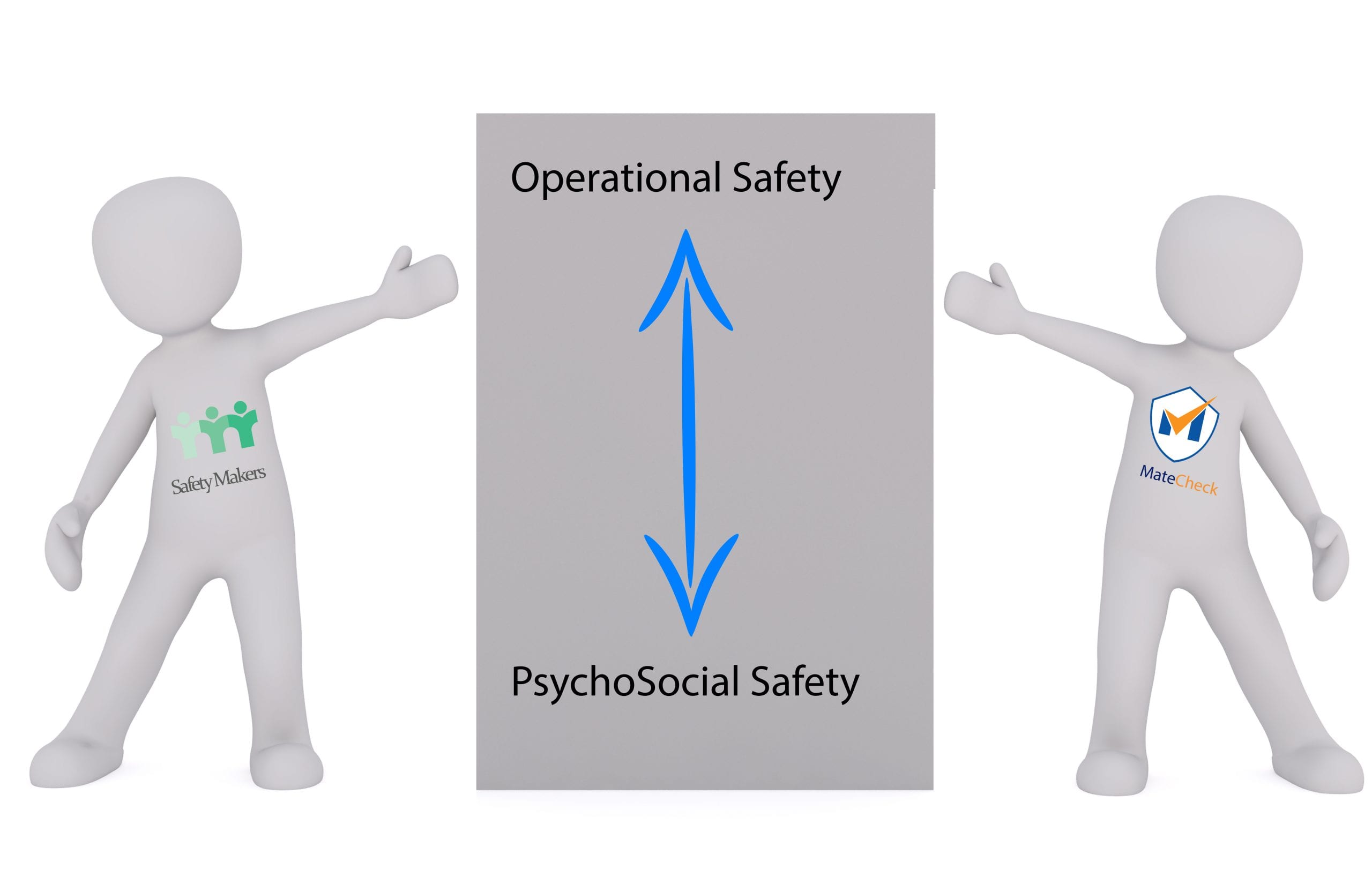Health Surveillance in workplaces
Health Surveillance in workplaces is the process of monitoring the health of workers exposed to certain hazardous processes or hazardous chemicals for which there are known and acceptable health surveillance procedures. The main purpose of health surveillance is to detect adverse changes to worker health due to exposure to hazardous chemicals or hazardous processes in the workplace.
Work health hazards requiring Health Surveillance may include, but are not limited to: noise, hazardous chemicals, dangerous goods, fumes, dusts, gases and pathogens.
There are different types of Health Monitoring procedures used by medical practitioners to assess exposure to hazardous chemicals, including:
- Interview questions
- Medical Examination
- Biological effect monitoring
- Biological exposure monitoring
The WHS Regulations requires that health monitoring is carried out by a “registered medical practitioner with experience in health monitoring”. A medical practitioner may be a practitioner in a medical practice, occupational physician who works for a specialist occupational health organisation or a provider of specialist services and testing in certain areas of health monitoring such respiratory screening, chest x-rays or Audiometric Testing.
Scheduled Hazardous Chemicals in the WHS Regulations (Harmonised) that require mandatory Health Monitoring include:
- Acrylonitrile
- Arsenic (inorganic)
- Asbestos
- Benzene
- Cadmium
- Chromium (inorganic)
- Creosote
- Fluoride
- Isocyanates
- Lead (inorganic)
- Mercury (inorganic)
- Methyl bromide
- MOCA (4,4′-Methylene Bis (2Chloroaniline))
- Organophosphate pesticides
- Pentachlorophenol (PCP)
- Polycyclic aromatic hydrocarbons (PAH)
- Silica (crystalline)
- Thallium
- Vinyl chloride
Health Surveillance is also carried out for workers who may be exposed to noise in excess of the Exposure Standard for noise in workplaces. In this instance, Health Monitoring involves Audiometric Testing of workers within 3 months of commencement of work, and on-going.
It is important to remember that Health Surveillance is not an alternative to implementing control measures to eliminate or reduce the potential for worker’s exposure to hazardous chemicals or processes.
The Person Conducting the Business or Undertaking (the employer / business owner) is responsible to ensure there is a safe, effective system in place for workers who may be exposed to hazardous chemicals and processes, which have the potential to result in disease or adverse health effects upon exposure while undertaking tasks at work in accordance with the requirements of WHS legislation.
In workplaces where hazardous chemicals are used or hazardous process are carried out, the following tasks may form the framework to identify the need to conduct Health Surveillance and the process involved with the conduct and monitoring of Health Surveillance:
- Identification of situations where a worker may have on-going exposure to hazardous chemicals and/or hazardous processes that may have a negative impact on their health
- Assessment of the extent of the risk associated with the work
- Establishment of control measures using the hierarchy of controls
- Establishment of a process for monitoring the health of workers, as per the relevant WHS Legislation and Australian Standard
- Regular consultation with workers who are required to participate in Health Surveillance, or who work in situations where their health may be negatively affected by on-going work with hazardous chemicals and/or processes
- Documented systems to monitor and evaluate the effectiveness of the risk control measures.
References: WorkSafe Victoria; Safe Work Australia; Safety Makers Health Surveillance Program
Safety Makers has a range of WHS documents in our On-Line Shop specially designed to assist business owners with Health Surveillance.






